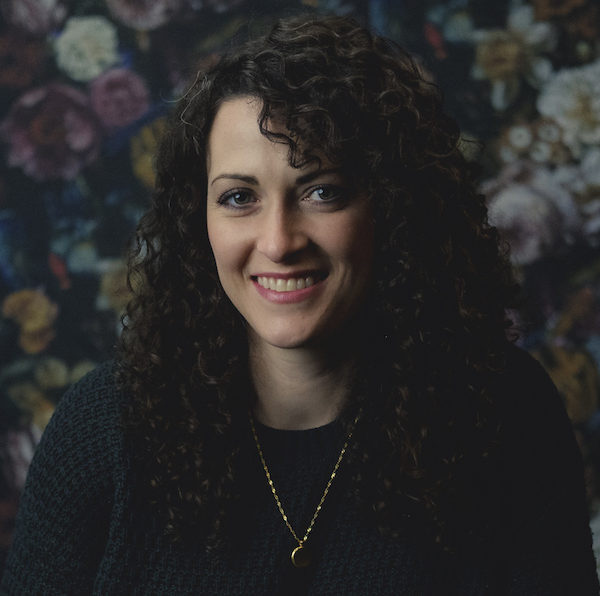Marketing for museums just got more exciting as Facebook recently announced major innovations for social media at their F8 Conference. Facebook has seen a drop-off in user-generated content, but their new move toward augmented reality is designed to make sharing content easier and more fun – not only for casual Facebook users but for museums as well.
Augmented Reality
Augmented reality, simply put, is adding digital effects, virtual objects and information on top of real objects and scenes. Although AR is similar to virtual reality, it is different in that it is grounded in the real world. Zuckerberg announced that Facebook wants to make the camera the first fully-functioning, easily attainable augmented reality device. As the vast majority of your guests are coming to your property with a smartphone in their pocket, you can take advantage of this move.
How can museums use it? The most direct application for museums and historical sites lies in the ability to add “information cards” next to physical objects users are viewing through their camera screen. Place information cards on artifacts in your gallery or locations on your property. You might might also place invitations at various locations around town to invite people to visit the museum or add a welcome card at the museum’s entrance. With a quick tap on their smartphone screen, they can view the cards you’ve placed.
Camera Effects Platform
The Camera Effects Platform allows users to add frames, words or masks to photos or videos. (Think: Snapchat.)
How can museums use it? Create branded frames and masks that tie into your subject matter. Goofy, informative…the possibilities are endless!
Facebook Spaces
Facebook Spaces provides “a new VR app where you hang out with friends in a fun, interactive virtual environment as if you were in the same room.”
How can museums use it? Facebook Spaces has huge potential for museums. Open up special virtual access to restricted areas. Include people in special events even if they can’t be physically present. Take students on a tour where they never have to leave their classroom.
Smart Replies
Smart Replies can help businesses automate some of their customer service communications. The feature scans the information on your Page, and uses artificial intelligence to answer common questions like hours, directions, etc
How can museums use it? Provide lightning-fast customer support with Smart Replies. Automating aspects of your support can free up staff members to focus on other areas.
Facebook Analytics
Facebook is expanding the use of its analytics platform that promises to be as in-depth and useful for social media as Google Analytics is for websites.
How can museums use it? You’ll be able to track analytics to find out which of your marketing efforts are gaining you more visitors and the types of responses you want. Find out quickly what works and what doesn’t to promote your museum, and more easily prove your social media ROI.

